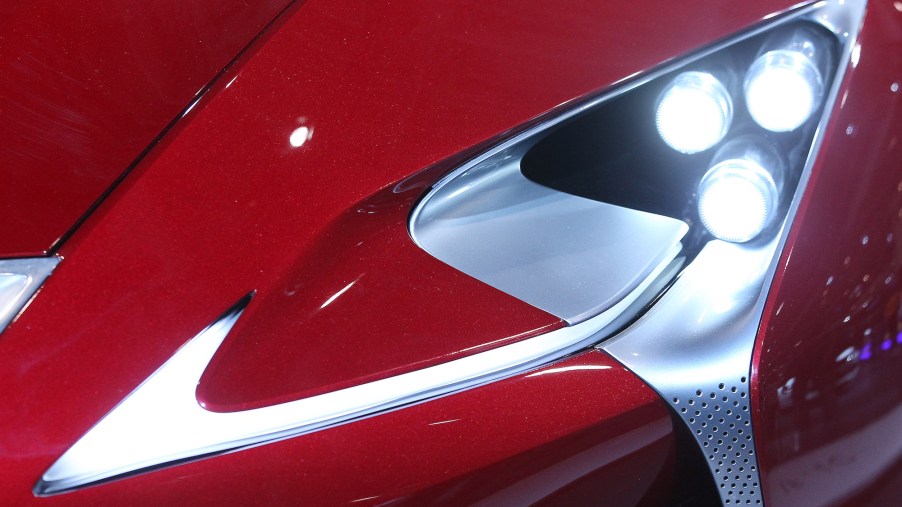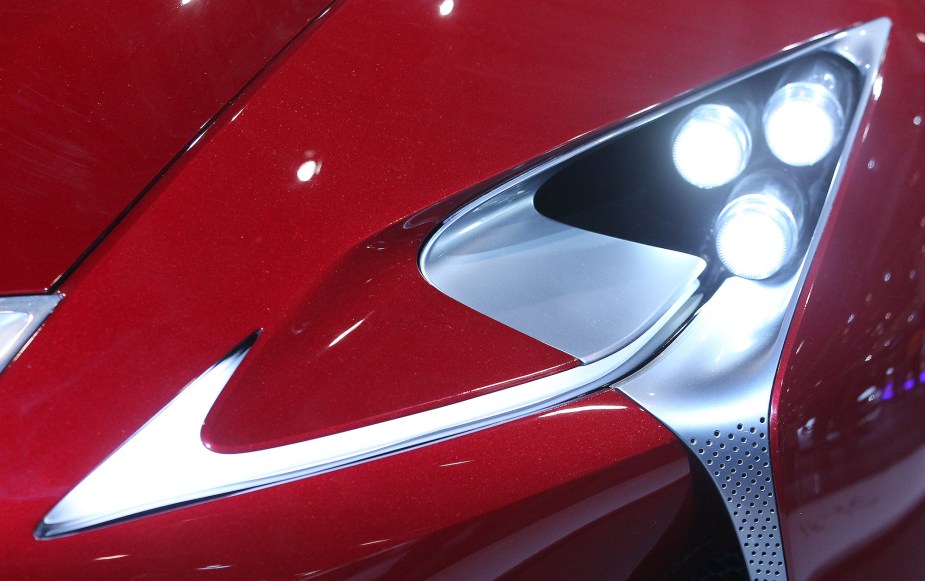
What Could Be Wrong if Your Car Won’t Start, but the Lights Work
You wake up in the morning, get ready, and get in the vehicle to work, but it won’t start. This situation is relatively common, and you may have experienced it once or twice, even with proper maintenance. You could even have left it in the mall parking lot only for the car not to start when you get back from shopping.
Unfortunately, reasons for cars not starting differ from time to time, and you may even notice various presenting symptoms. For instance, you may notice the car clicking or cranking, indicating different problems.
The many different reasons for cars not starting

A faulty battery is the most typical culprit when your car isn’t starting. It could be dead or corroded, with the former meaning that you need a replacement or a jump start. As for the latter, you’ll need to clean the car battery before trying it again.
Additionally, it could be a bad starter motor. If that’s the case, the presenting symptoms would be a single click followed by silence whenever you try to start the engine. The starter motor physically turns the engine over to turn it on. If it can’t do that, then your engine won’t start.
Also, the timing belt, which controls the engine valves’ opening and closing, could be damaged. If this is the case, you risk extensive engine damage; hence, keeping the belt well maintained is vital and replacing it when necessary. Nevertheless, if the timing belt is damaged, the car might crank without starting when you turn the key.
Other situations that lead to the car cranking include a clogged fuel filter and failed fuel pump. Both prevent the engine from getting enough fuel leading to failed performance.
Unfortunately, despite the symptoms, it’s impossible to confirm why you’re having engine trouble without looking under the hood. Also, there may be other reasons for the malfunction, so it’s best to consult a mechanic when you’re in doubt. They are less likely to make a mistake resulting in further engine trouble.
What about if the lights are on, but the car won’t start
If your car won’t start, but the dome light turns on, your battery is likely fully functional. However, there may be something preventing engine ignition, and often it’s a faulty ignition coil. If the coil isn’t working as it should, it can’t convert enough of the battery’s voltage into the electric spark that ignites the fuel.
Erie Insurance notes that you can diagnose this within minutes by checking the strength of the current going through the ignition coil with a multimeter. This tool can take readings of the voltage, resistance, and electrical current going through the coil. However, you may not have the tool if you’re not a mechanic.
Fortunately, changing an ignition coil is easy if you have one nearby. However, you must be careful handling the battery and wires connected to it; otherwise, you’ll get electrocuted.
The difference between a failing ignition coil and a dead or corroded battery
Your car battery stores chemical energy which can be converted into electricity on demand. This electricity is transferred to components like the starter motor and ignition coil.
In the starter motor, the power will be used to physically turn the engine over and get it to start firing. Consequently, if the battery is dead or corroded and doesn’t have enough energy to power the starter motor, the engine can’t start.
In the case of the ignition coil, it converts the battery’s voltage into an electric spark that’s then transferred to the spark plug. The spark is then used to ignite a fuel-air mixture to produce the power in the engine and keep it running.
With faulty ignition coils, the spark plugs can’t ignite the fuel-air mixture; hence the engine won’t run. However, since dome lights use power directly from the battery, you can still turn them on and off.


